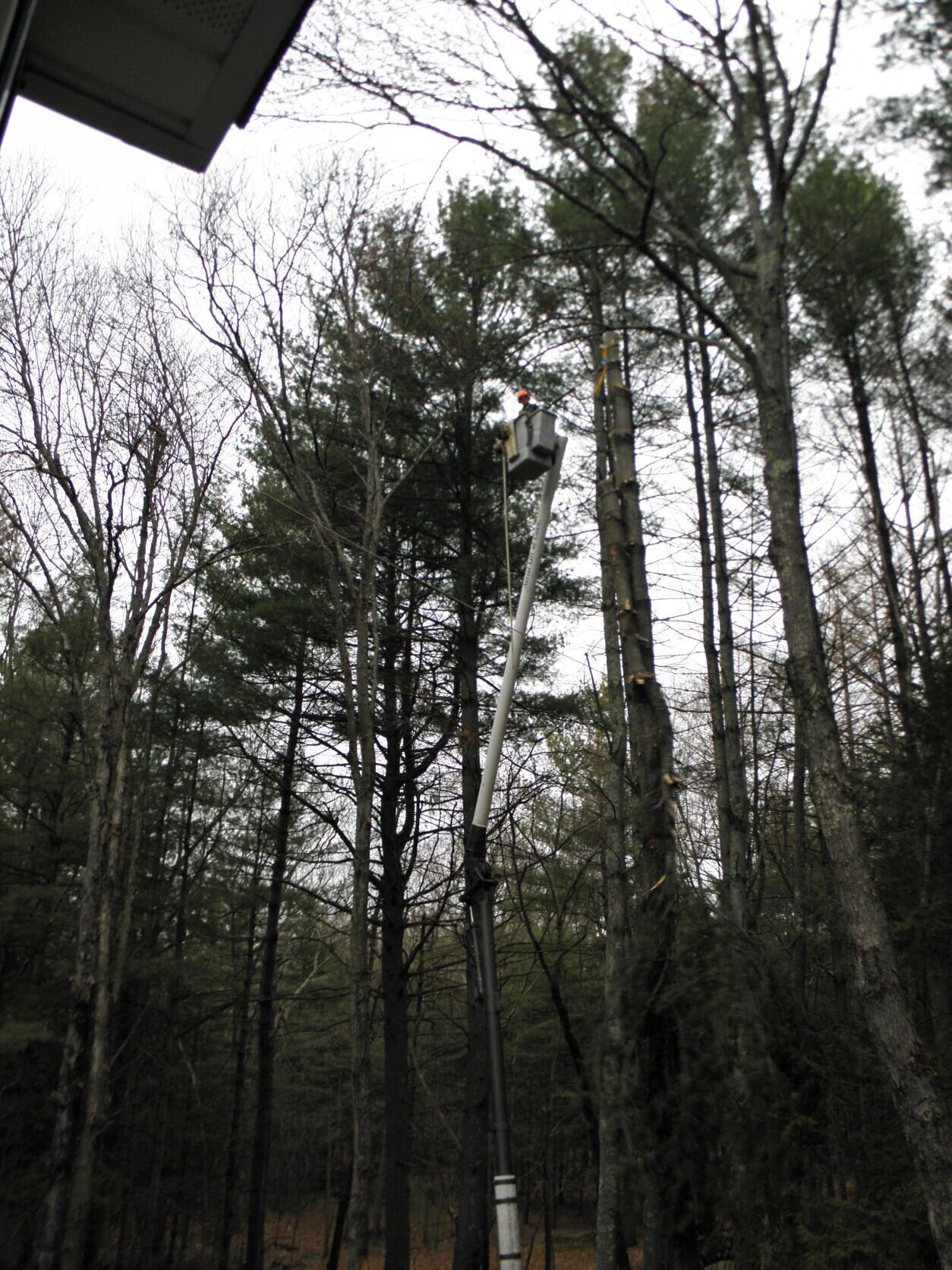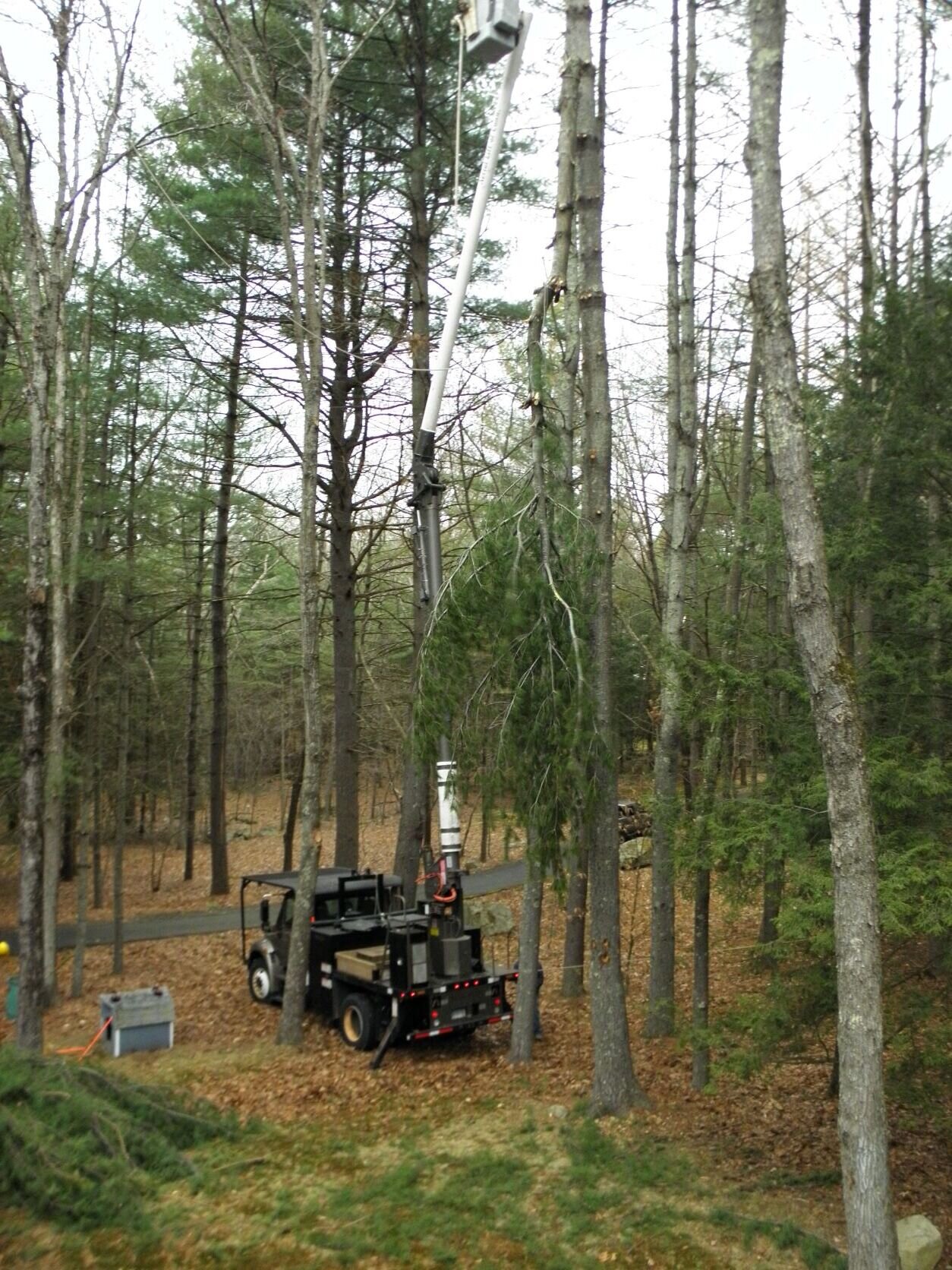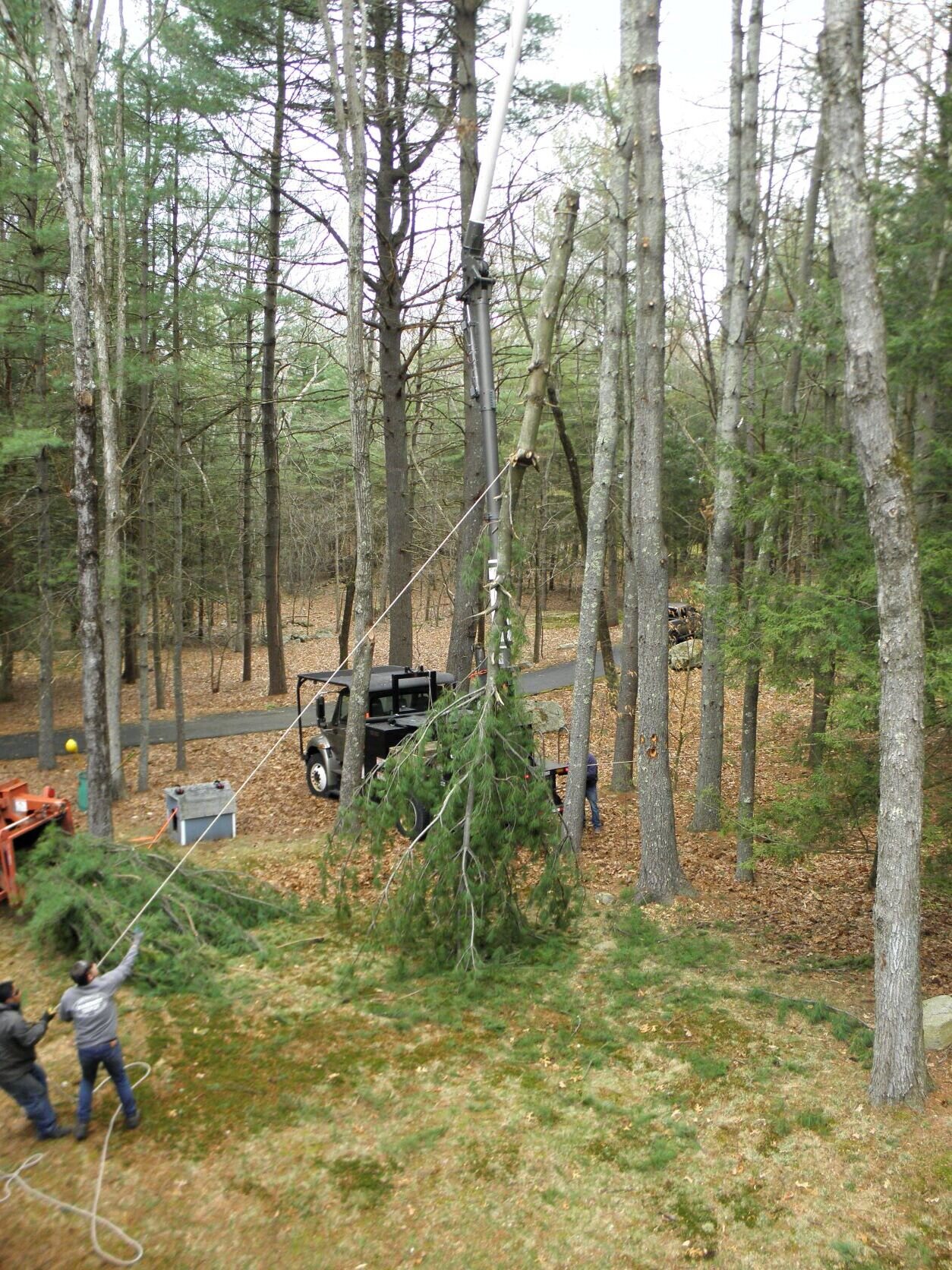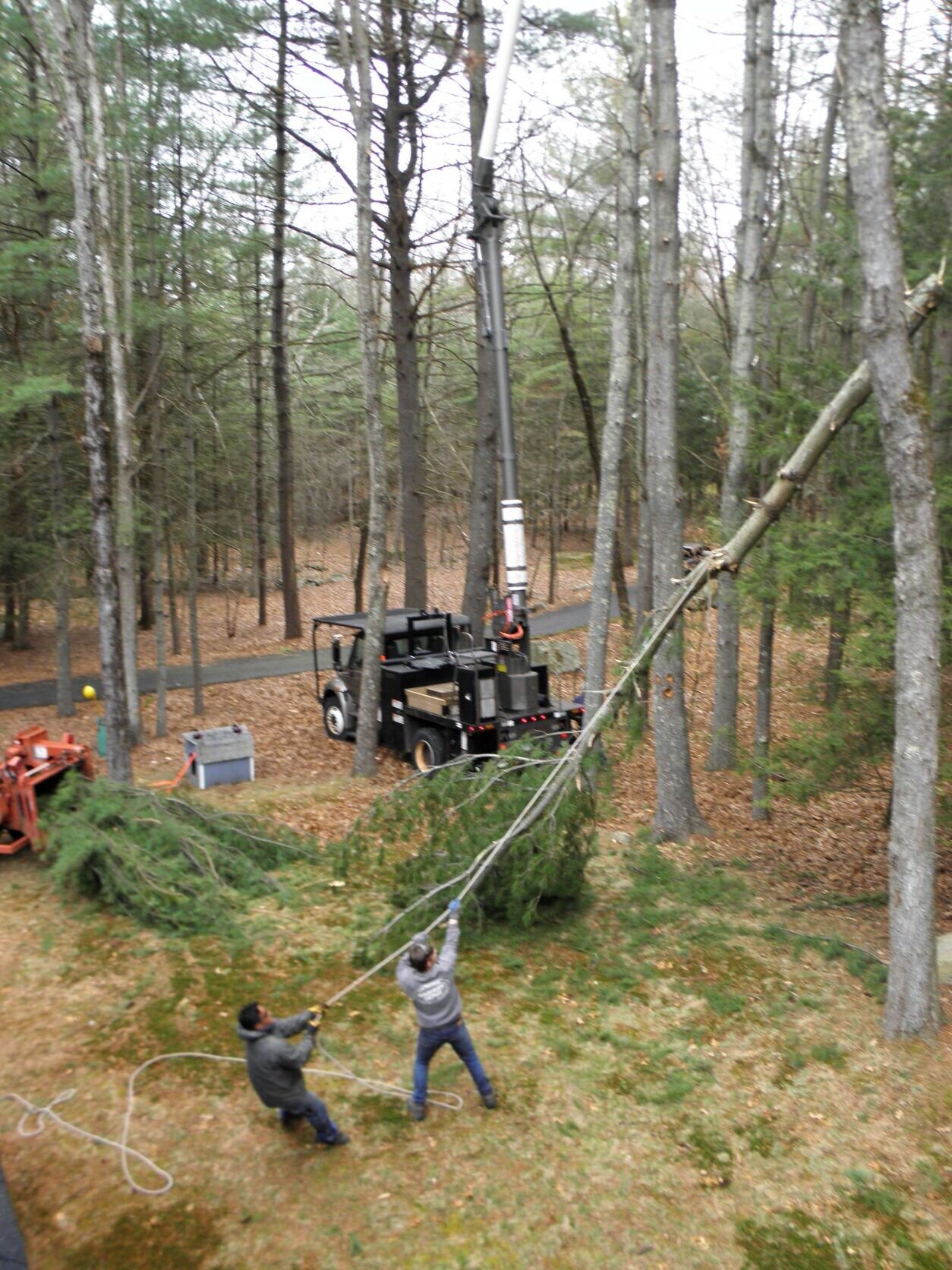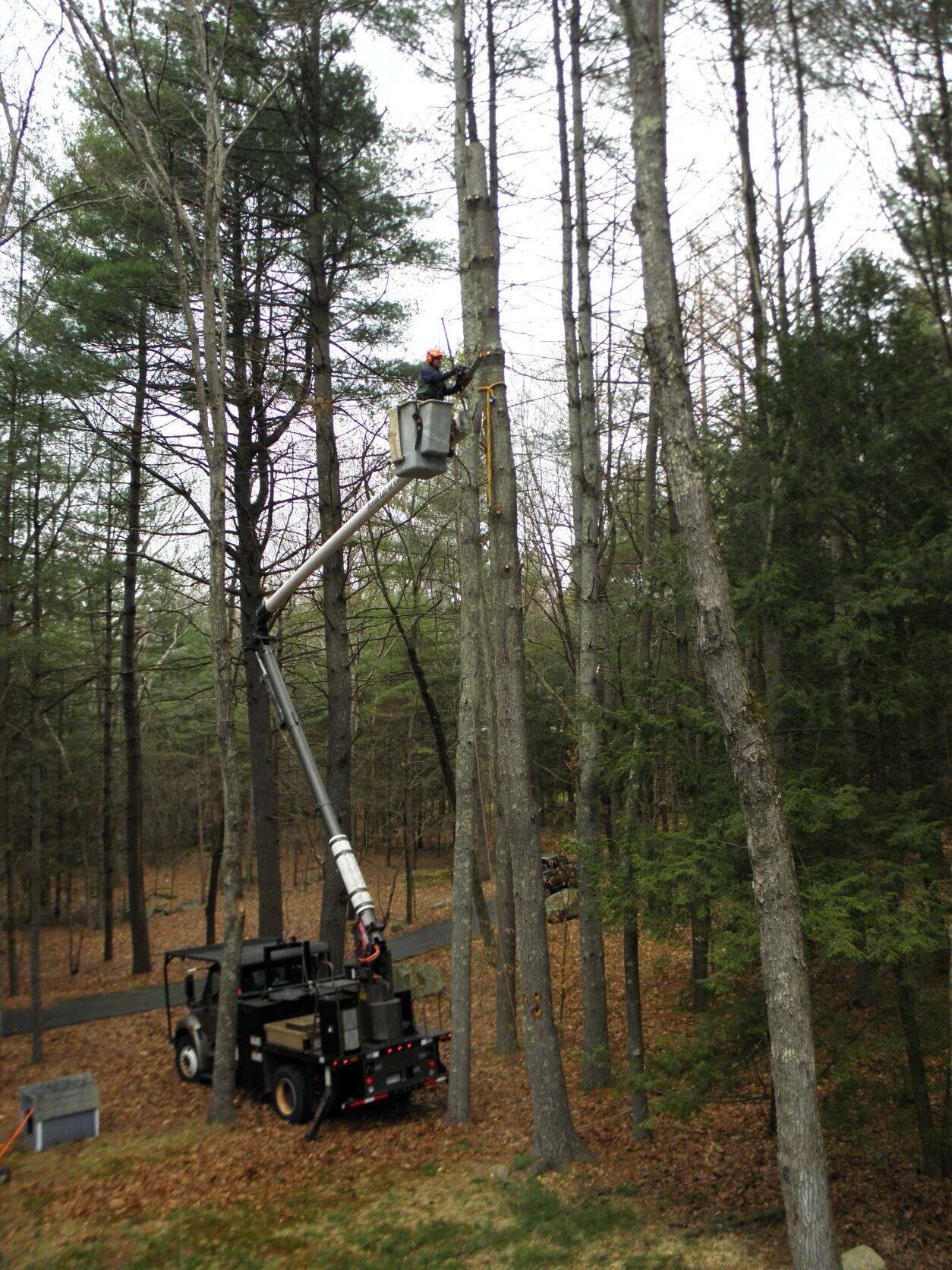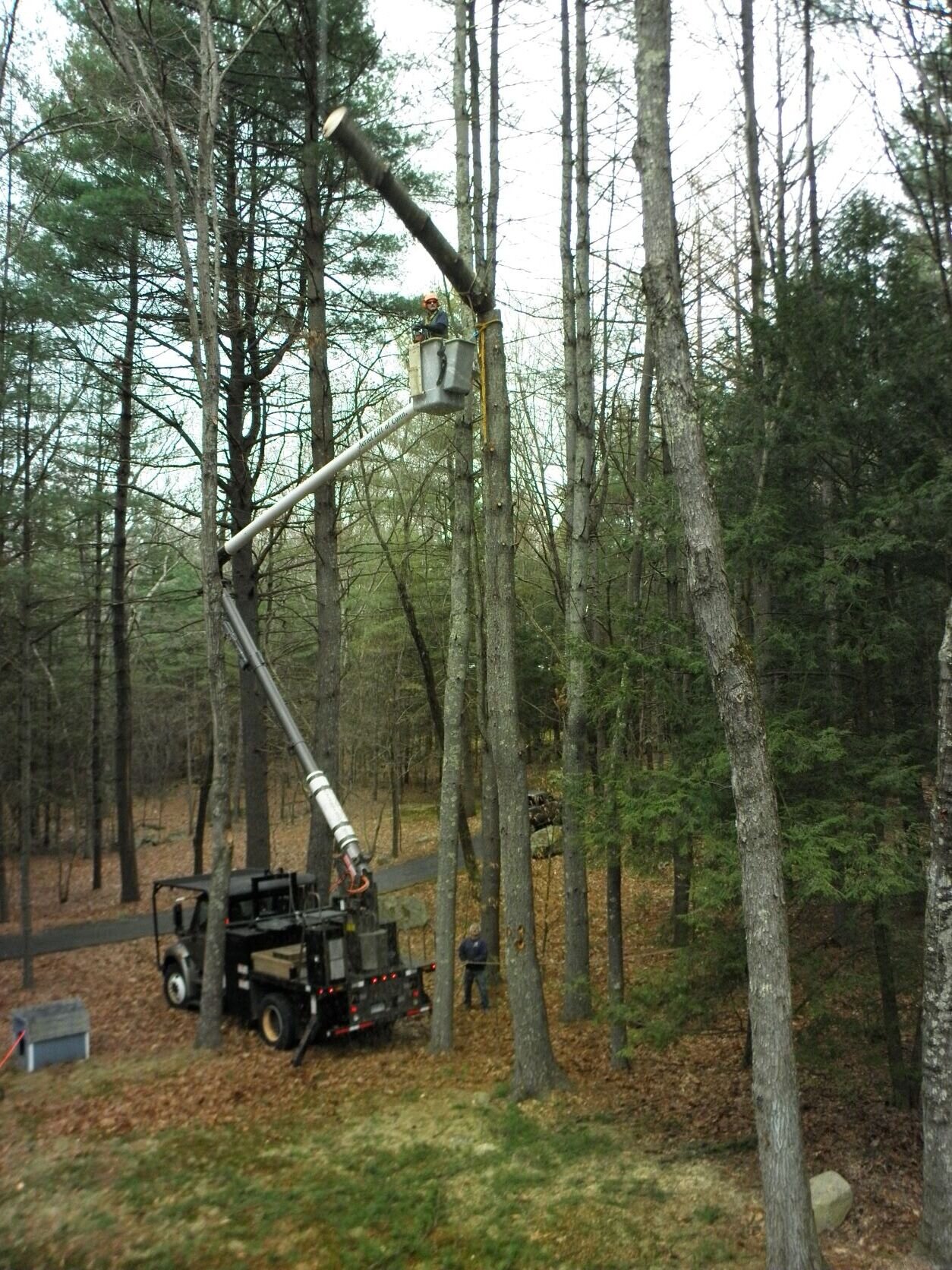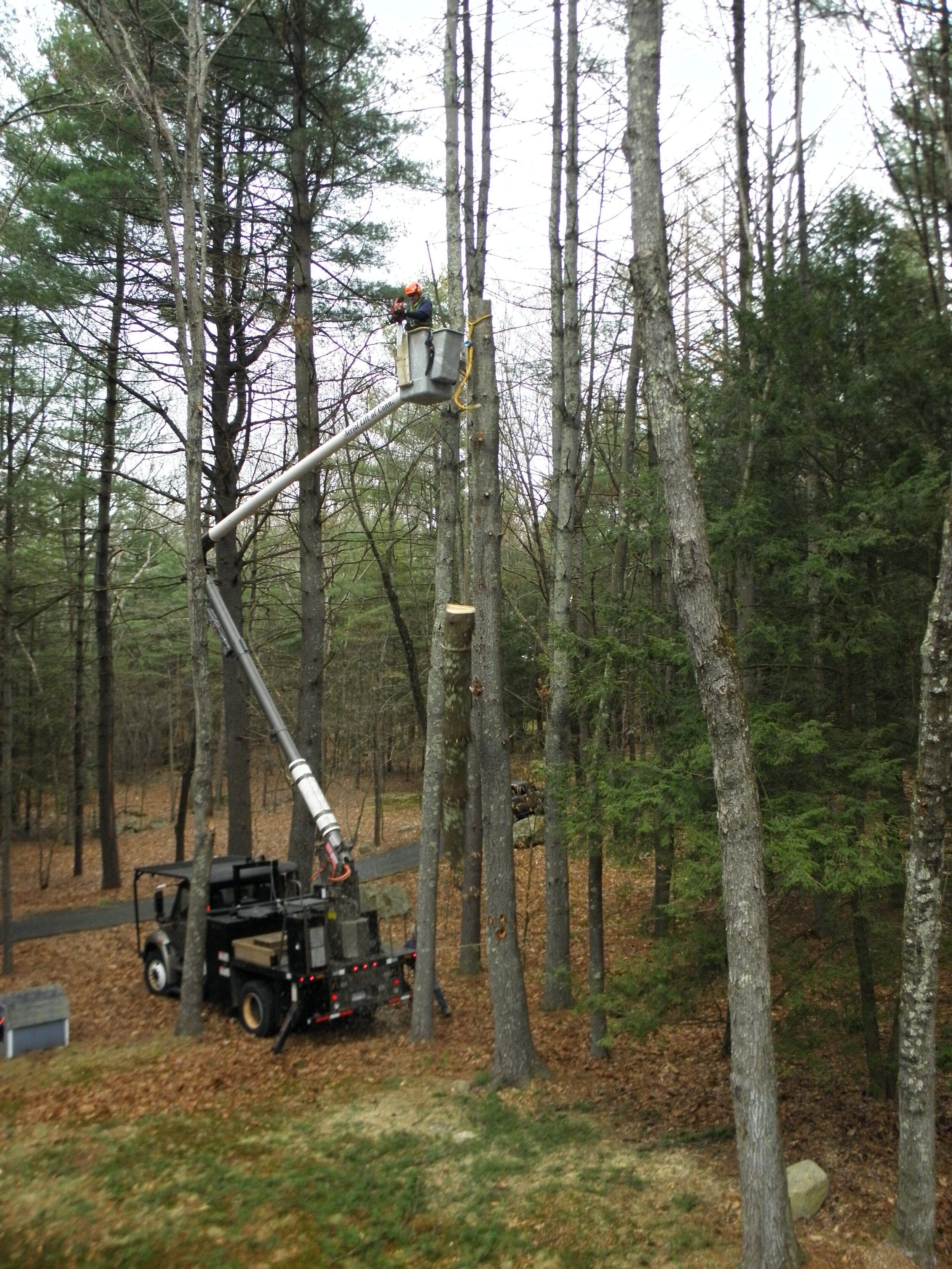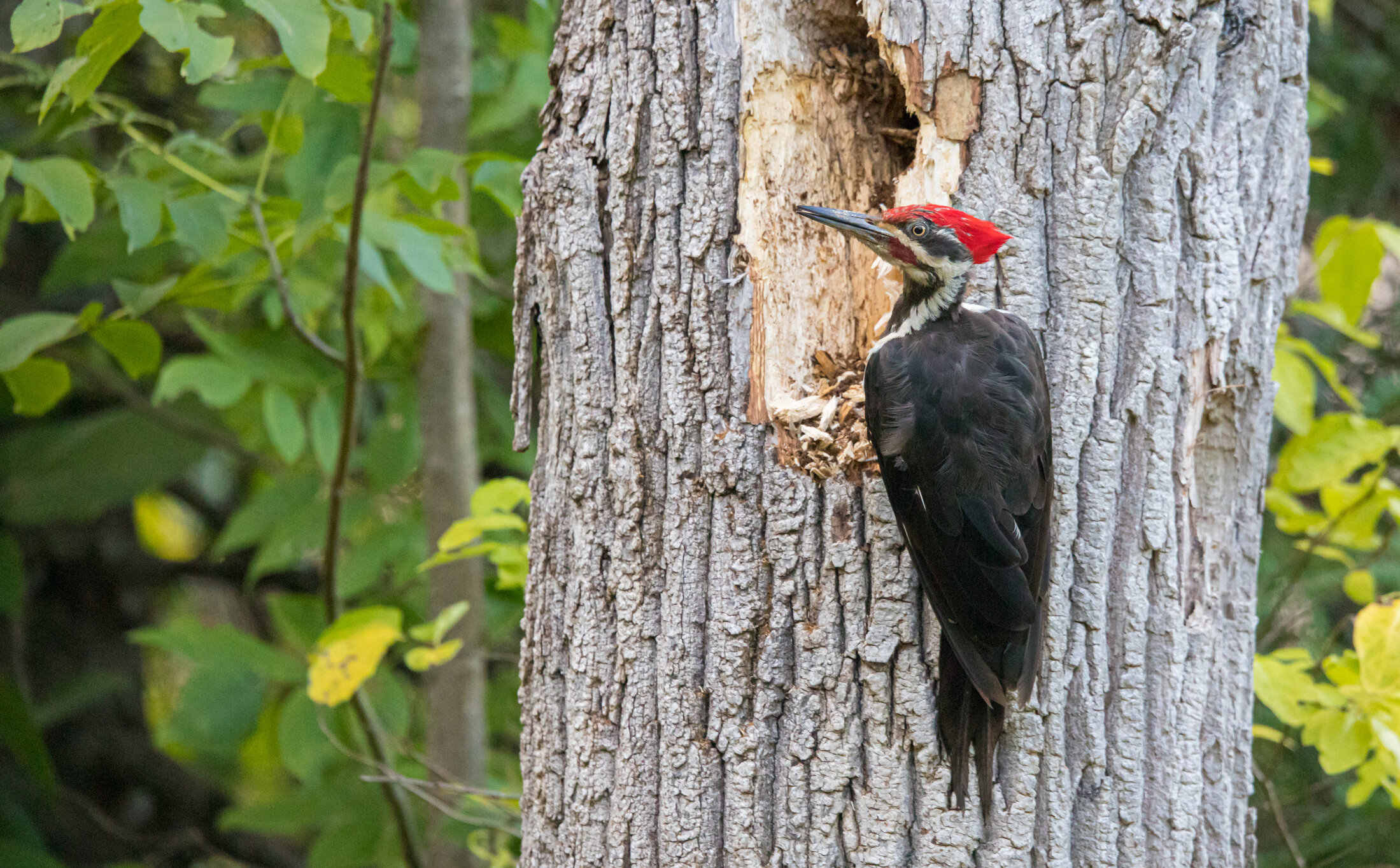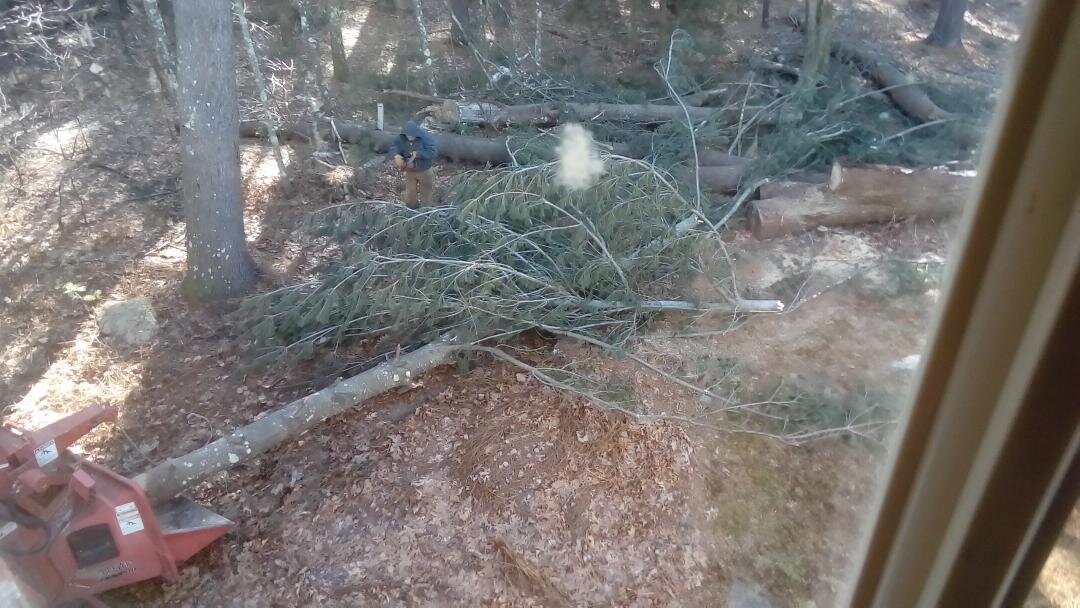Advice from Your Arborist: Plant Native Trees
Understanding what your plants need means having a yard that is both beautiful and easy to maintain. We talked about how No Mow May results in a few extra hours for yourself and food for pollinators who will enrich our plants. In this blog, we’ll talk about native trees.
You may be aware of the terms native and invasive when it comes to plants. We all complain about weeds and how they can take over a garden but that’s not really the point here. A weed is just any plant growing where we don’t want it to grow. Even a blooming rosebush in the middle of a lawn is a weed because it doesn’t belong there.
An invasive plant is one that is brought into an area from somewhere else. We find something pretty in a shop and bring it home. The problem is, a lot of these plants don’t play nice with others and will take over in an aggressive way. Bittersweet is pretty but can choke a tree as this vine climbs up a trunk and grows. That kind of damage, and the associated tree service, is hard to reverse but can be avoided.
Learn the Benefits of Using Native Trees (Hint: Less Tree Service)
Native trees are those already at home in Connecticut. They are comfortable with the weather patterns and have developed their own resistance to heat and cold, wind and water. That makes them less fussy.
They don’t need special fertilizers and will generally save on water. You don’t have to spend time and money making sure they have enough to drink because they like the amount of water that they expect to get in the Nutmeg state. They also have figured out how to defend themselves from local bugs so you can skip the pesticides, which can be good for pets as well as your wallet.
Native trees are also good at controlling erosion below the soil and preserving biodiversity above it. The birds and bees that we fed in May count on native trees to survive and we definitely benefit as we restore their habitats by offering shelter and food for wildlife and support pollinators. (No bees = no pollination = no food.)
You may need to hire a professional tree service to prune a native tree but that work will be minimal compared to work you may need for a specimen that is struggling to survive in Connecticut’s climate.
Get Your Native Tree Advice from a Tree Service Professional
There are several native trees you can choose from: Red Maple, Black Birch, Eastern Hemlock, Sugar Maple, Northern Red Oak, Beech, Eastern White Pine, and Black Cherry.
Each can offer different ornamental value; a Sugar Maple in the autumn can present the most amazing shades of red and orange as the days grow shorter and the crisp air calls for a warm sweater. As a setting sun provides a backlit atmosphere, you can be grateful for planting one near your home.
But, what to choose? This is where an arborist comes in. If you are lucky enough to be in the market for a new tree, pick the brain of your favorite tree service professional. You can find the perfect tree for your needs: shade, privacy screening, decoration, even protection from the elements such as wind. Someone experienced in tree service can teach you when each type of tree blooms so you’re always enjoying a beautiful show and feeding our winged friends, too!
Consultations are free and the advice from a tree service professional is priceless!

